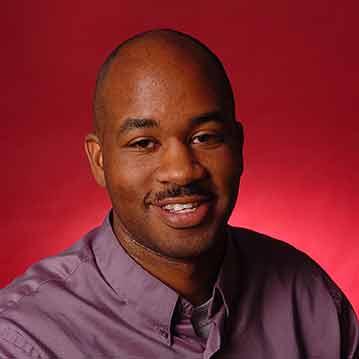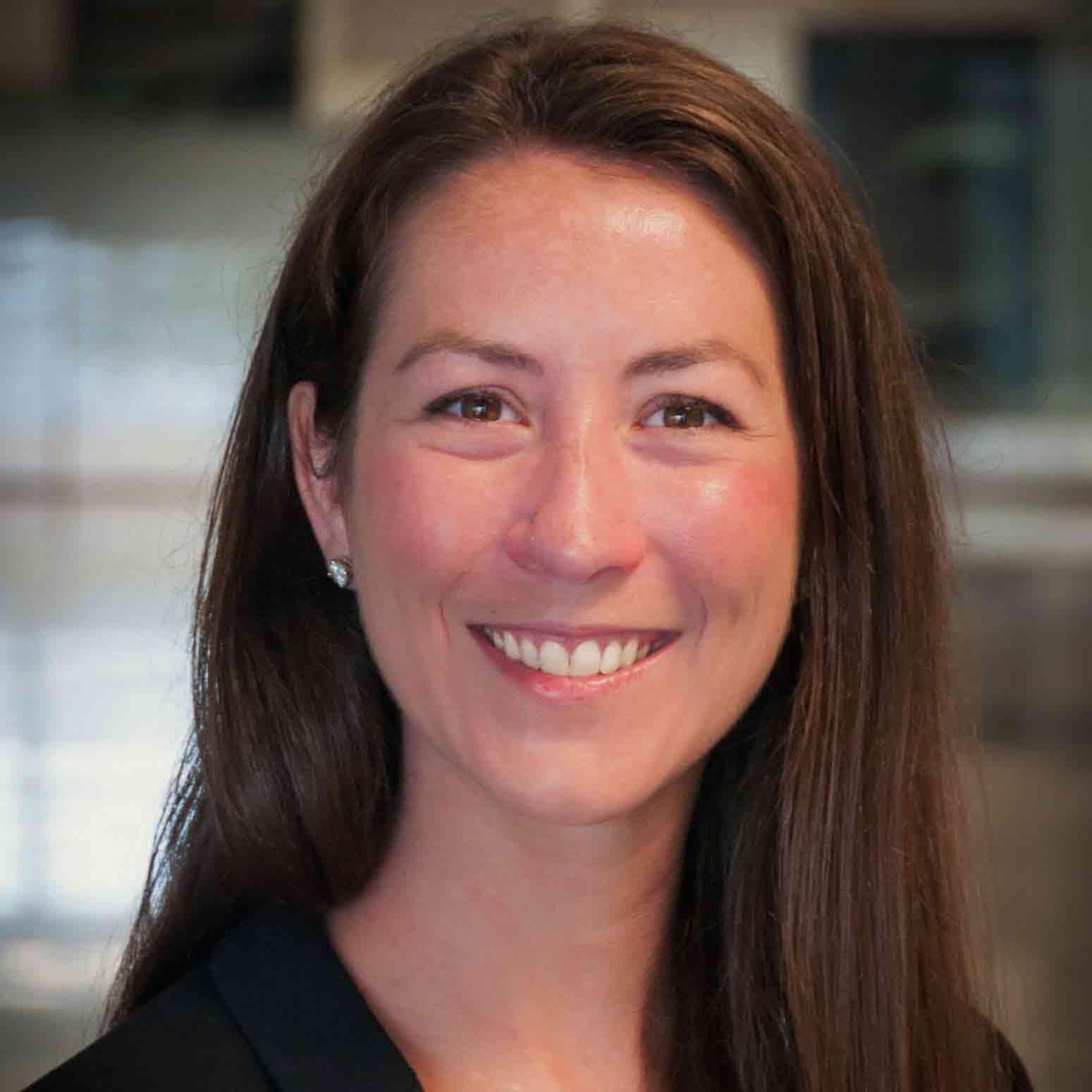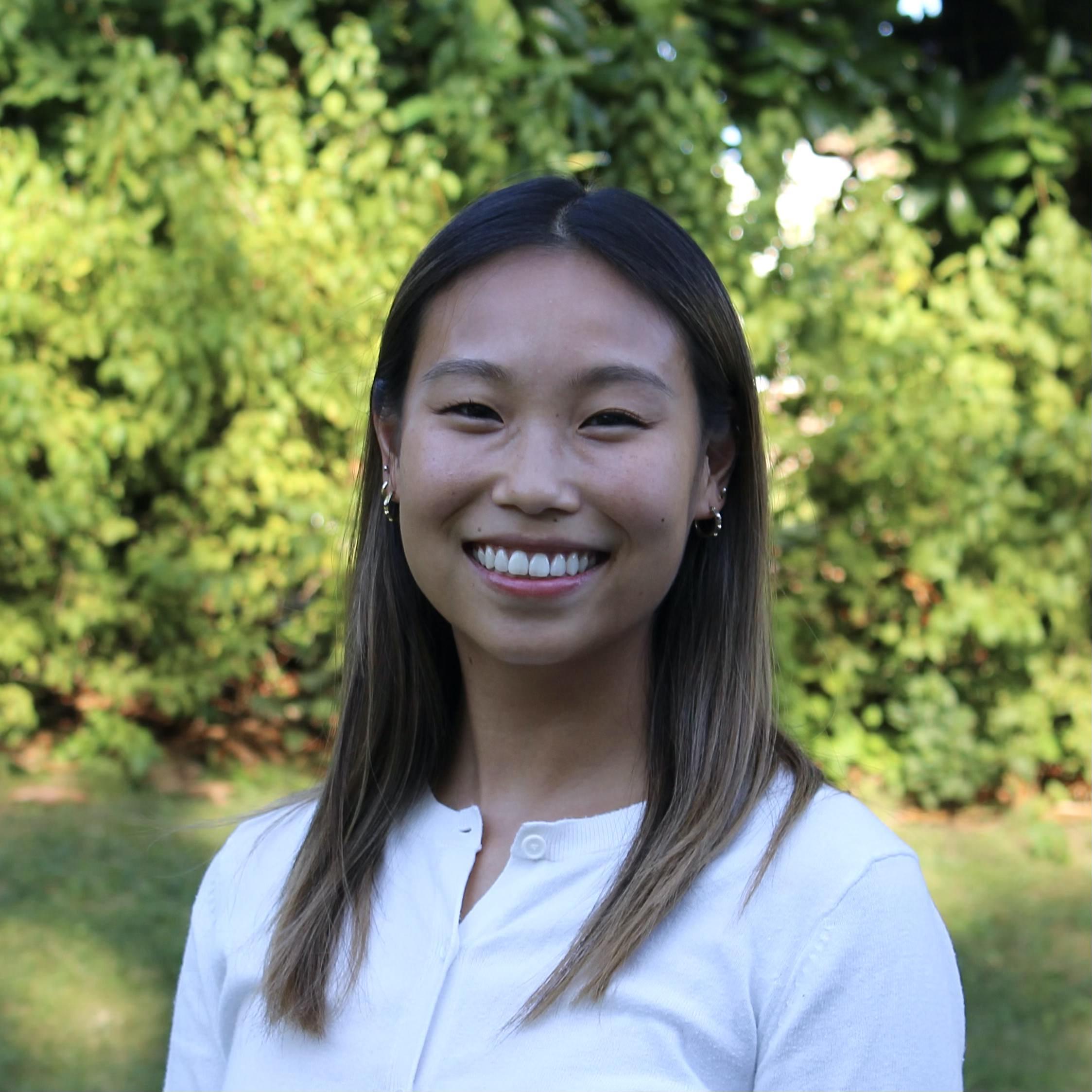Arts
Examining the role of The Arts as a catalyst for healing, transformation and action
Introduction
The practice of Art—in its infinite forms, functions and implications—is the most accessible and universal way of constructing meaning out of the world we inhabit.
Our Philosophy: The Arts are not just for experts. They are not solely for the enjoyment of the elite. They are not a superfluous extravagance. The Arts are for us all, expert and novice alike. They are not just an end in and of themselves, but a means. They shape, and are shaped by the world we inhabit.
Students in the Arts Scholars program gain a deeper understanding of the impact of art as a means to explore society and culture against the backdrop of our individual differences and shared experiences.
What you can expect: No matter your major, area of artistic interest, or skill level, as a member of our community, you will be challenged to strengthen your personal artistic skill set, experiment with new and different art forms, and gain a deeper understanding of the value of the arts in our personal and collective lives. We will investigate the power of the arts to:
- Communicate difficult concepts
- Advocate for social change
- Investigate the human experience
- Explore our own identities
- Develop our capacities as creative problem solvers and critical thinkers
- Reinforce, but also upend existing systems of inequality and oppression
Colloquium and Lecture Topics
Through a mix of lectures, discussions, demonstrations, collaborative art-making and interactions with guest artists, students consider:
- What is art? What is “good” art? Understanding social definitions of art and their influence on our beliefs of what should or should not be considered art.
- What does research look like in The Arts? Exploring common methods of research aligned with professional artistic practice.
- How have The Arts legitimated and perpetuated systems of inequality across race, socio-economic status, gender, etc.? Conversely, how can we leverage The Arts to generate equity and belonging? How can The Arts reshape or recontextualize understanding of our (individual and societal) learned history, biases and beliefs?
- West African djembe: Exploring the role of music in community building, storytelling and cultural understanding.
I have been challenged to think differently, work cooperatively, embrace creativity and, most importantly, go beyond the limits I have set for myself. Because of this program, I can confidently say I feel infinitely more prepared for the “real world,” and for that confidence and growth, I could never be more grateful.
Other Learning Opportunities
A variety of learning opportunities supplements the Arts curriculum. As an Arts Scholar, you will be introduced to artists, professional ensembles and world-class institutions each semester, through workshops led by guest artists; attendance at live performances in Washington, DC, New York City and on campus; and visits to the Smithsonian's renowned art and history museums.
In addition, you will get a chance to:
- Conceptualize, execute and present a capstone project of your choosing during your second year;
- Participate in service-learning with local schools and arts nonprofit organizations; and
- Cultivate valuable leadership and communication skills through peer mentoring and peer teaching opportunities.
Curriculum Overview
Over the two-year program experience (four semesters), students will complete up to 6 credits of supporting courses that will count toward your Arts Scholars citation. In most cases, these will also fulfill General Education requirements. Note that your Scholars courses—colloquiums, capstone practicum and supporting courses—will generally be in addition to any courses you take to satisfy major requirements.
The following represents a typical two-year curriculum, but individual schedules may vary. Details about courses and requirements can be found on the Arts Citation Checklist.
| SEMESTER | COURSE | CREDITS |
|---|---|---|
| Semester 1 | CPSA 100: Colloquium I | 1 credit |
| Semester 2 | CPSA 101: Colloquium II | 1 credit |
| Semester 3 | CPSA 200: Colloquium III | 1 credit |
| Semester 4 | CPSA 201: Colloquium IV | 1 credits |
| CPSA 240: Service Learning; or CPSA 250: Research (DSSP); or CPSA 260: Peer Teaching (DSSP) |
2 credits 2 credits 2 credits |
|
| Semester 1, 2, 3, or 4 | Supporting Course (var. Gen Ed) Supporting Course (var. Gen Ed) Supporting Course (DVUP or DVCC) |
3 credits 3 credits 1-3 credits |
Sponsoring College
Faculty



The Diamondback: UMD students' dance workshop highlights Japanese Butoh style, May 2022
Arts News
A Day in the Life of a Commuter Student
Marlen Cruz has taken on many roles in her scant 20-some years. First-generation American. First-generation college student. And: a commuter student. “My parents live five minutes away from campus. They were like, ‘There’s no way you’re living on campus,’” she relays, laughing. A public health science major who was in the Media, Self and Society Scholars program, Cruz says she was unhappy at first to not live on campus. “But then I realized, I liked going home and seeing my parents,” she says. The oldest of three, she is also close to her siblings and says commuting from home allowed her to keep tabs on them.
‘All-in’ Public Leadership Alum Offers Lessons for Other Scholars
Katie Bemb hadn’t intended on becoming a Terp. As a high school senior, she applied to the University of Maryland (UMD) regular decision but was strongly considering another university in the Washington, DC, metro area. That inclination began to change after her best friend—who had applied early action to UMD—got accepted into College Park Scholars. Students who apply early action are automatically considered for the living–learning program. “Once my friend told me about Scholars, I started to look more into it,” Bemb says. “And once I read more about the different Scholars programs, I started to get excited about UMD. When I read the description for Public Leadership Scholars, I felt like I was meant to be in the program.”
From Softball to Swab Kits: SDU Supports Leukemia and Lymphoma Society for 5th Year
More than 20 years ago, a University of Maryland sophomore created a Scholars-wide charity softball tournament for his Scholars practicum project. His project has since grown and evolved into the Scholars Cup, a year-round fundraising competition for charity. Every fall, each Scholars program selects a charity based on individual program theme or student interest. It then fundraises for that organization for the remainder of the year. Students can earn points through service projects and community events, which builds community and incentivizes involvement throughout the year. These efforts culminate with the spring charity softball—now kickball—tournament.
On Global Handwashing Day, GPH Students, Preschoolers Discuss ‘the Best Vaccine’
Washing your hands is serious business—something that the students at the University of Maryland’s Center for Young Children are learning hands-on. “Our kids wash their hands all the time,” says Director Mona Leigh Guha, of the center’s 3- to 6-year-old students. The state requires certain handwashing protocols in licensed preschools, and frankly, it’s good practice. Handwashing with soap is widely recognized as one of the easiest and most effective ways of preventing disease. “Handwashing is the best vaccine,” observes Elisabeth Maring, director of the Global Public Health (GPH) Scholars program. GPH is sponsored by the School of Public Health.
Media Scholar, and TerpsVote Rep, Urges Students to Use Their Voice and Vote
Throughout my childhood, I remember waiting in long lines in the cold with my parents at my local middle school on Election Day. My parents are immigrants; my dad is from El Salvador, and my mom is from the Ukraine. The right to vote wasn’t really something that was represented well in either of their countries. So when they became U.S. citizens, being able to vote was really important to them. For them, it was meaningful to be able to vote every Election Day and to know that every vote counted.
Tubman Byway Excursion Prompts New Lessons in Maryland Migration History
“You’re going to Meredith Farm after this?” asked our tour guide, Matt Meredith, as I stood in the cramped interior of the Bucktown Village Store with 16 first- and second-year Scholars. “It’s on the Byway list,” I explained. “That was my family’s farm. There’s nothing there anymore,” Matt said.

